Figures & data
Figure 1. The Iso-C3D calibration procedure requires scanning of a special phantom containing radio-opaque markers. The calibration matrix TCal is determined for a certain start position of the Iso-C3D. The determination is done automatically by the Iso-C3D system software.
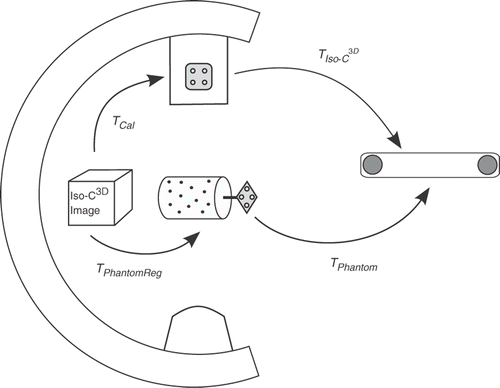
Figure 2. When scanning a subject, the navigation system can easily calculate the registration matrix TSubjectReg by measuring the transformations TSubject and TIso-C3D when the Iso-C3D is in its pre-calibrated start position. The complete navigation scenario is shown, including an abstract pointing tool.
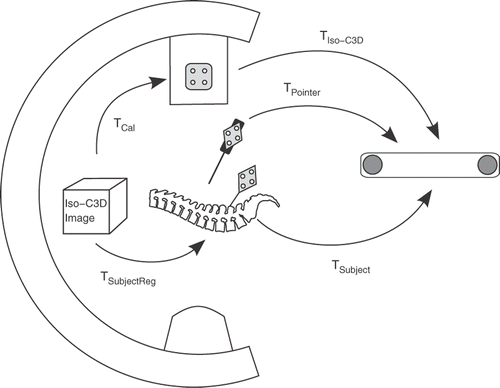
Figure 3. The phantom used in the presented study. It is made of acrylic glass and carries 27 titanium markers arranged in a regular 3 × 3 grid. Here it is shown equipped with a passive reference base.
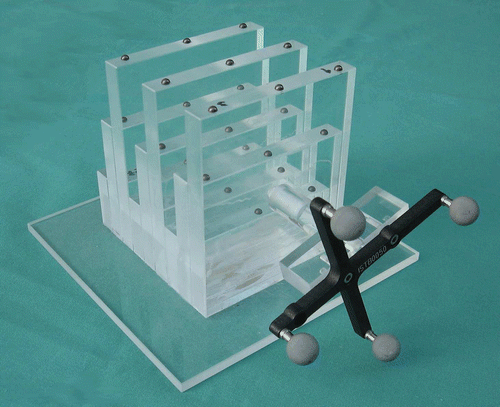
Figure 4. The pointer used for digitizing the fiducial marker positions. In this case it is being used with an active reference base. The pointer has a hollow tip that matches the marker spheres exactly.
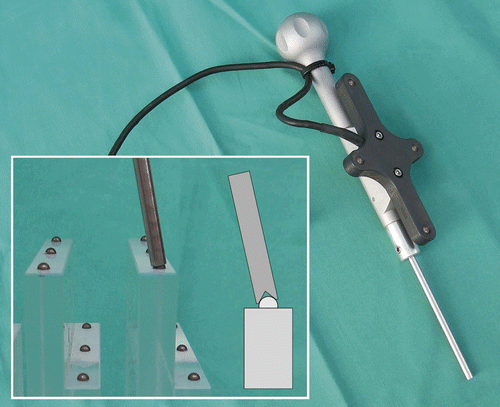
Figure 5. Plot showing the distribution of the measured RMS errors summarized in . Note that the values for the Optotrak system at site 2 are based on only seven scans as opposed to 20 scans for the other cameras.
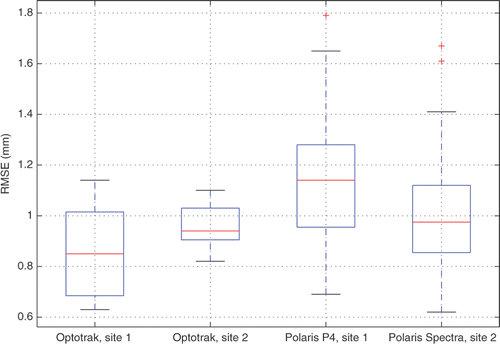
Table I. Root mean square errors (RMSE) for the conducted experiments. In each experiment an Iso-C3D scan was performed and up to 27 fiducial marker positions were compared using the subject's registration matrix.